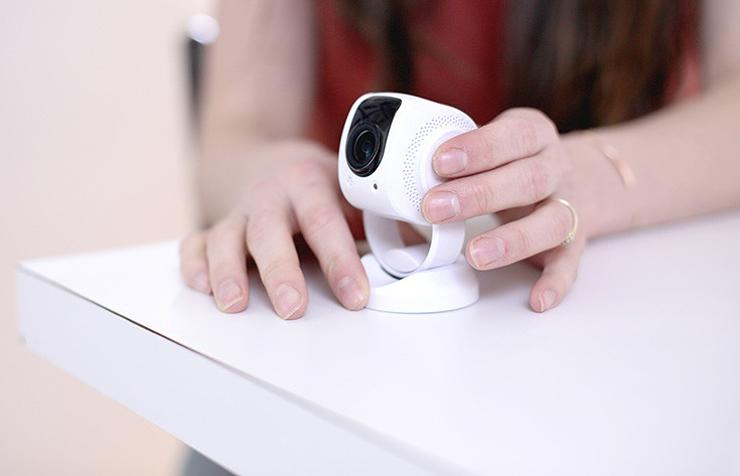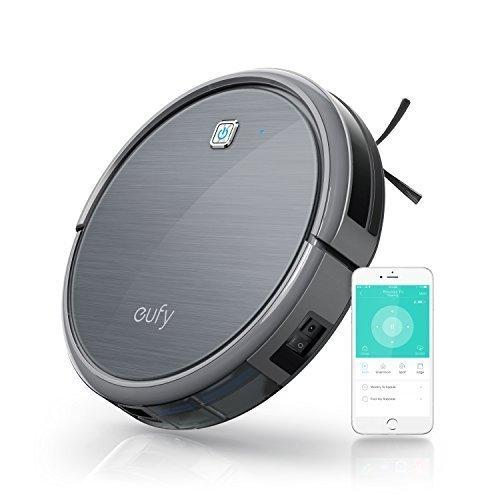Why Your Customers Need a Smart Version of Your Product
- March 30, 2022
- by Ezlo Admin
Four possible reasons that may drive your next product improvement.
People are always interested in new products and technologies, while you are focused on increasing profits for your business. One of the ways to attract more attention to your product and increase sales is to release its “smarter”, internet-enabled version.
Or, in other words, come up with an IoT device.

Going IoT Doesn’t Raise Chances For Success
Surely, bringing up an improved, IoT-enabled product is not enough to succeed. Moreover, as in any other industry, most such products either fail or do not bring the expected results.
An entrepreneur Carey Smith shares his experience of delivering internet-enabled ceiling fans on Harvard Business Review. Although the new version could adjust to users’ habits and connect to the lighting system, in two years it turned out that most customers don’t make use of “smart” features. Only a half of them had signed up in the iOS app.
We can talk a lot about mistakes startups make. Insufficient research on demand, market ignorance, wrong focus and many others are often the reasons why IoT products don’t succeed. But that doesn’t mean smart features are not wanted by your users.
That Carey Smith makes a conclusion that quality and aesthetics matter more than smart features.
> “To enjoy the full range of functionality requires a level of patience and commitment that many people just don’t have.”
Although that might be true in the case with ceiling fans, we can also suggest that sometimes a product doesn’t simply offer enough reasons and incentives to learn its features. It is also possible that some products may be designed so badly they demand much more patience that one can expect and sacrifice.
But It Surely Raises Customers Interest And Awareness
I often start my IoT-related posts with bright forecasts and analytics showing the IoT industry will grow in the next few years. Though some of them turn out to be too optimistic as of now, they still show the main things about internet-enabled devices:
People want to use products that bring value and solve problems, and IoT has the biggest potential to bring such products for an affordable price into every household.
Here’s when and why the better, smarter version of your product will be liked by your customers:
1. It addresses customers’ pains more effectively.
When your product brings value that is perfectly known by your users, they will appreciate if its new version will do it in an even better, more productive way.
Can a ceiling fan cool the air more effectively if it’s smart? Although it might turn on and off according to a schedule or sync with lights switching, it will still rotate with the same speed.
But let’s take an IR remote. Every one of us has at least one at home to control a TV, or an AC, or a stereo system. Logitech found a way to improve it and came up with Logitech Harmony Elite, one remote for all smart devices at your home.

Such a product idea certainly does not require a genius, but still offers users a more effective way of controlling their devices.
2. It stands out among competitors.
This is a classical reason people buy products. We always want to pick the best offer on the market, though our budget doesn’t always allow it. But since in most cases IoT technologies do not affect the product cost significantly, they offer a great way to let your product become unique on the market.
Of course, if you’re the first to make your product smart on the market, that’s more about innovation rather than standing out. But even if some of your competitors have already enabled internet connectivity on their devices, it shouldn’t stop you.
Let’s take surveillance cameras for example. They’ve been on the market for a while now. Most of them have flaws: some are too huge, some have poor designs, some don’t shoot well at night, others are simply too complicated when setting up. Is it possible to create a solution having no such obvious disadvantages?

It looks like Tend Secure Lynx Indoor is at least a nice try to bring it up. It’s a great example of how simply delivering a high-quality internet-enabled product is enough to attract customer attention.
3. It increases interest and desire to get bought.
People have pretty long lists of things they want to have, and they need to prioritize their desires. A smart version of the product is a promising way to get promotion on the desire list.
Let’s say, talk about household chores. Nobody loves doing them, so many find robot vacuum cleaners useful at home. Unfortunately, they’re too expensive and often considered more like as an optional supplement to full-fledged vacuum cleaners.

Eufy was able to offer a robot vacuum cleaner with an affordable price tag, but it also put smart features into its RoboVac 11C. For $300, do you know of a more interesting and appealing alternative?
4. It brings wow effect
A few years ago, when first smart home systems hit the market, early adopters had enough “patience and commitment” to get and use them even though they were extremely unstable and unpredictable. Nevertheless, they thought it was worth it. Managing homes with applications seemed like magic.
I remember reading one of the legendary reviews of a smart home hub at Gizmodo, where the reviewer said why he spent six (!) month to set up smart lightning:
> My friends would be so impressed. [ … ] Now they could watch the future unfold before their very eyes.
It certainly helps if your product, if IoT-enabled, can arouse such powerful emotions. Especially if these emotions can come at no or very low additional product cost. If a customer is able to pay a bit more to surprise their close ones with the future turning into reality, then why not?
One of the devices that certainly surprised me was the June oven. It uses artificial intelligence to recognize the food you put it. Then you just tell it what you want to do with it and it will do the rest. Do I find it awesome? For sure. (Will my wife like that I will no longer be so dependent on her master cooking skills? I doubt it).
Of course, to make a right decision on whether your product requires IoT features, you first must find an answer to many strategic questions. Will the demand be enough for it? Will the investments pay off? Do you have the expertise to ensure the high quality of the new product?
We’re covering these and more topics related to the Internet of Things in this blog, which is ran by eZLO, the company offering an IoT platform to speed up the development of new IoT devices on the market. Learn more here if you’re interested.